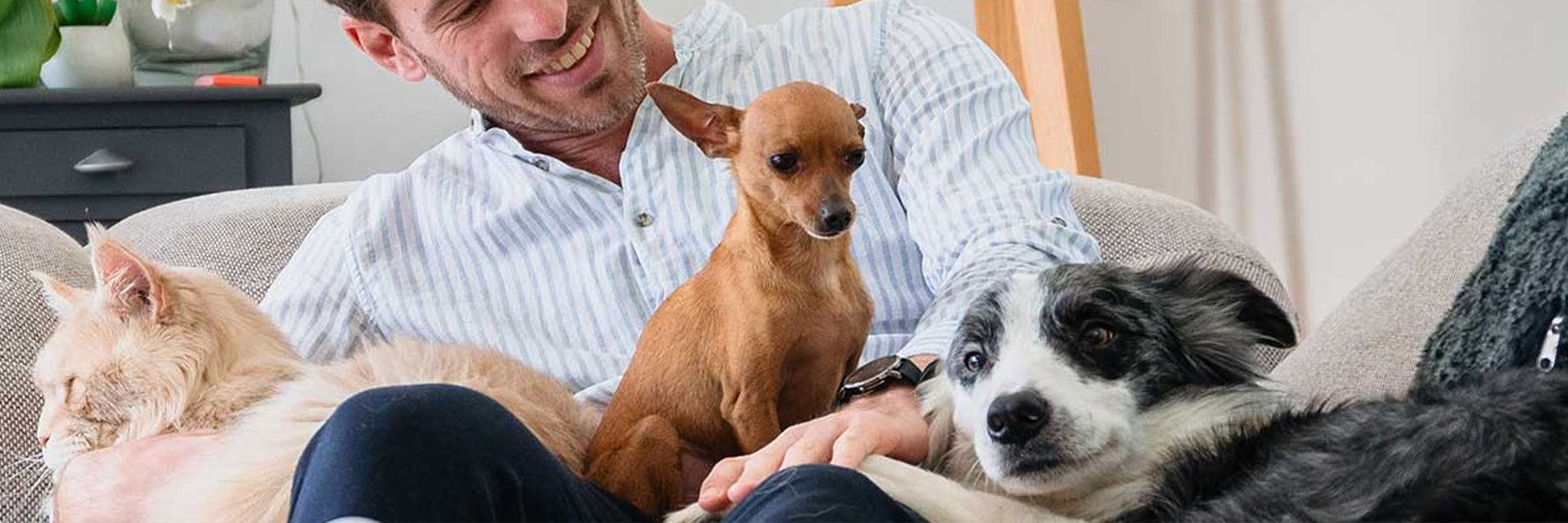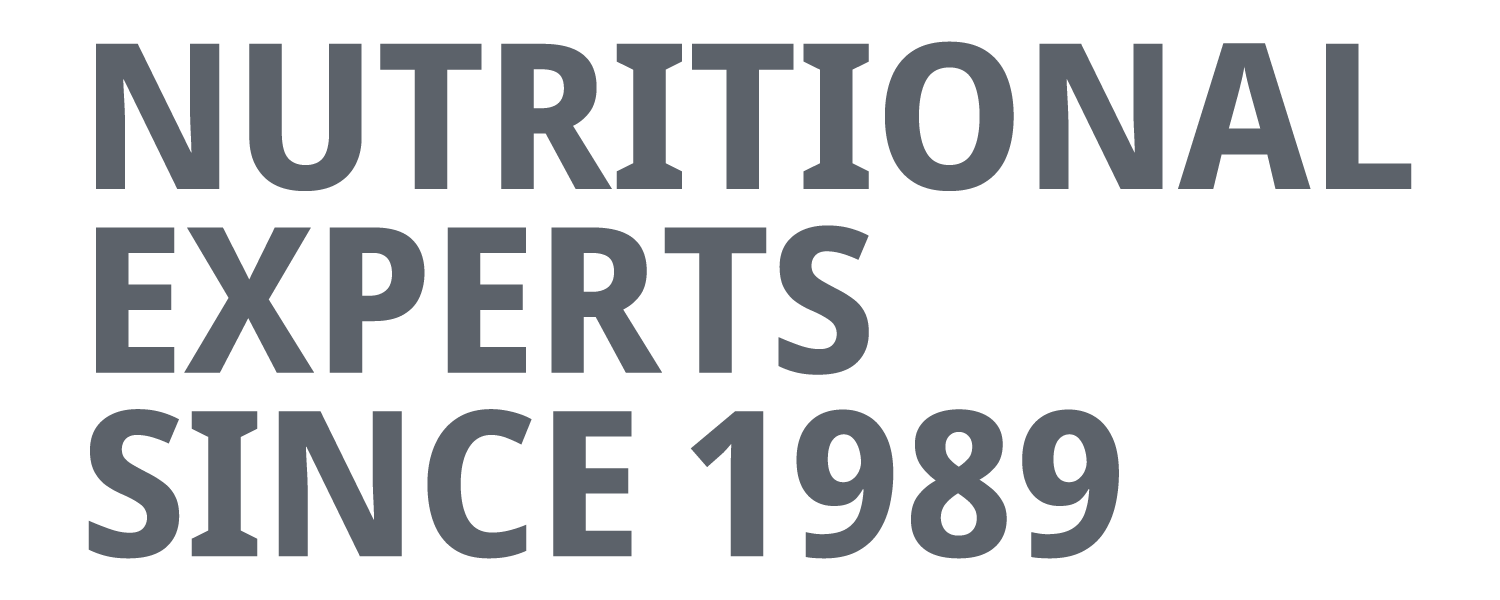
Transitioning your Spayed & Neutered Pet to VETERINARY HPM®️ PET FOOD



What Your Pet Experiences:
Changes in Appetite & Energy Levels
Having your pet spayed or neutered provides many medical and behavioural benefits for your pet and your life together.1–3 But your pet’s metabolism also slows down after the spay or neuter procedure. This means your pet requires fewer calories per day than they did before the procedure. And that can be hard to balance, since the procedure also causes an increase in appetite. These changes can begin as early as three days after the spay or neuter procedure.4
Understanding your pets Body Condition and Muscle Condition helps pets lives longer. Here is the WSAVA guide to Body Condition scoring and Muscle Condition scoring. Work with your Veterinary team to avoid your pet becoming overweight or obese.
WSAVA
Of course your pet’s weight doesn’t change how much you love them. But dogs and cats that are overweight or obese are at risk for more diseases or conditions, and can reduce a pet's quality of life and can even shorten their life span.
 Part of caring for your pet after spay or neuter means making sure their diet meets their needs. After your pet is spayed or neutered, their needs change significantly. To avoid placing extra stress on your pet, wait until your pet has fully healed from surgery before making a change to their diet (generally 10–14 days post-procedure).
Part of caring for your pet after spay or neuter means making sure their diet meets their needs. After your pet is spayed or neutered, their needs change significantly. To avoid placing extra stress on your pet, wait until your pet has fully healed from surgery before making a change to their diet (generally 10–14 days post-procedure).
Choose a Diet Purposely-Made for Spayed & Neutered Pets
Your pet needs nutritional support designed to satisfy their appetite and support a healthy metabolism.
VETERINARY HPM® Pet Food does exactly that by:
- Prioritizing animal protein, which helps support appetite control
- Incorporating a careful blend of fibres to help your pet feel full for a longer time and (in adult dogs and cats) maintain an optimal weight
- Including the appropriate number of calories for spayed and neutered pets
- Supporting a healthy metabolism and healthy digestion
Did you know? An increase in protein can naturally cause your pet to drink more water. Always make sure your dog or cat has plenty of fresh drinking water.
Once ready to change their diet use the chart to introduce your pet to VETERINARY HPM® Spayed & Neutered Diets.
When beginning a new food, it is recommended to make the switch gradually. Start by introducing the new food as a small part of your pet’s regularly scheduled meals. You may increase the ratio of new to old food over a period of seven consecutive days, until your dog or cat is fully transitioned to VETERINARY HPM® Pet Food.

- Spay/neuter your pet. ASPCA. https://www.aspca.org/pet-care/general-pet-care/spayneuter-your-pet. Accessed July 27, 2021.
- Bukowski JA, Aiello S. Routine Health Care of Dogs. In: Merck Veterinary Manual. https://www.merckvetmanual.com/dog-owners/routine-care-and-breeding-of-dogs/routine-health-care-of-dogs. Accessed July 29, 2021.
- Bukowski JA, Aiello S. Routine Health Care of Cats. In: Merck Veterinary Manual. https://www.merckvetmanual.com/cat-owners/routine-care-and-breeding-of-cats/routine-health-care-of-cats. Accessed July 27, 2021.
- Jeusette I, Detilleux J, Cuvelier C, Istasse L, Diaz M. Ad libitum feeding following ovariectomy in female Beagle dogs: effect on maintenance energy requirement and on blood metabolites. J Anim Physiol Anim Nutr (Berl). 2004;88(3-4):117-121. https://www.academia.edu/17858638/Ad_libitum_feeding_following_ovariectomy_in_female_Beagle_dogs_effect_on_maintenance_energy_requirement_and_on_blood_metabolites. Accessed July 7, 2021.
© 2023 Virbac Corporation. All rights reserved. VETERINARY HPM is a registered trademark of Virbac Group of Companies. 11/23

